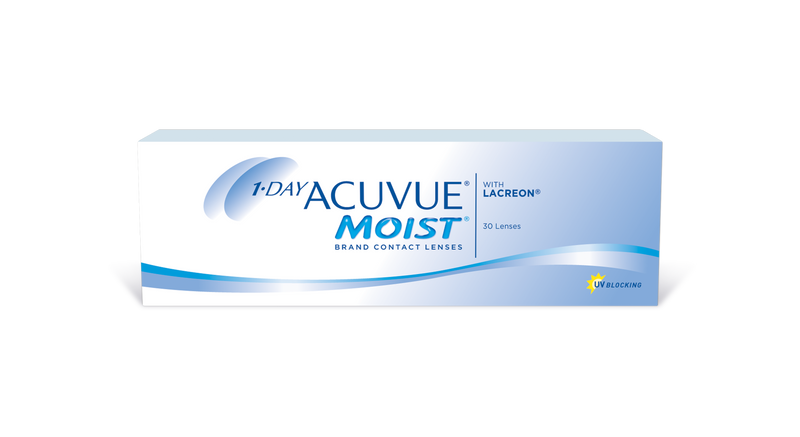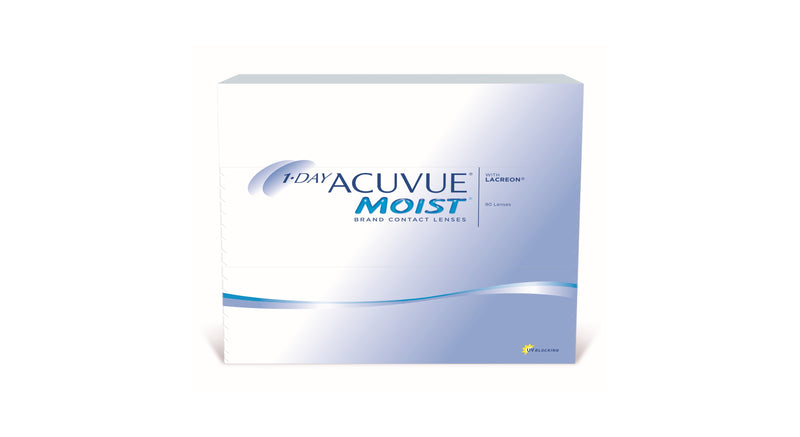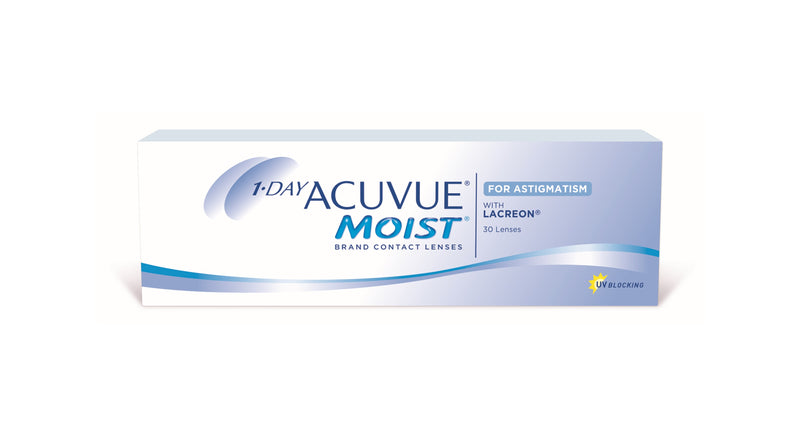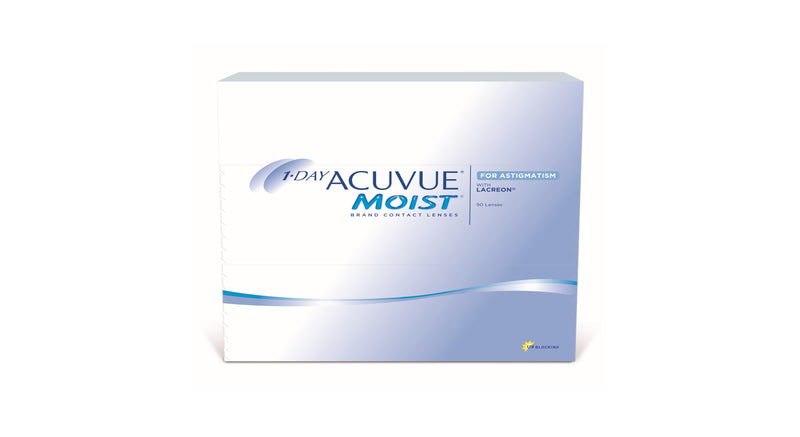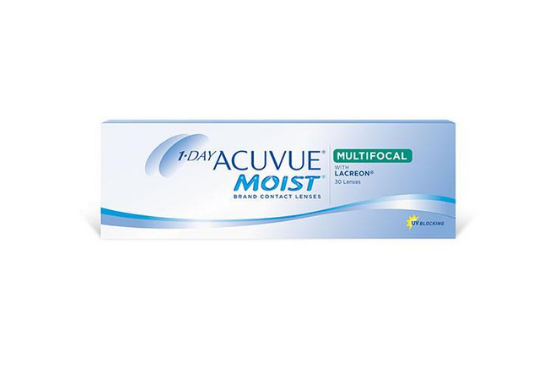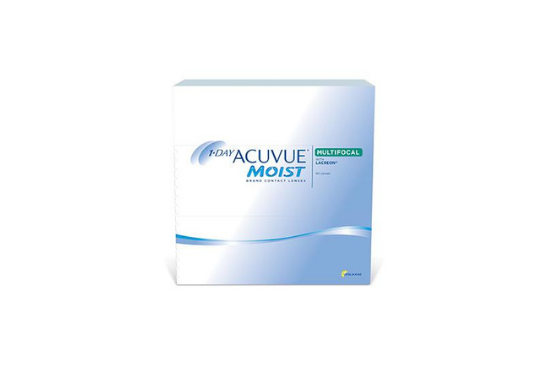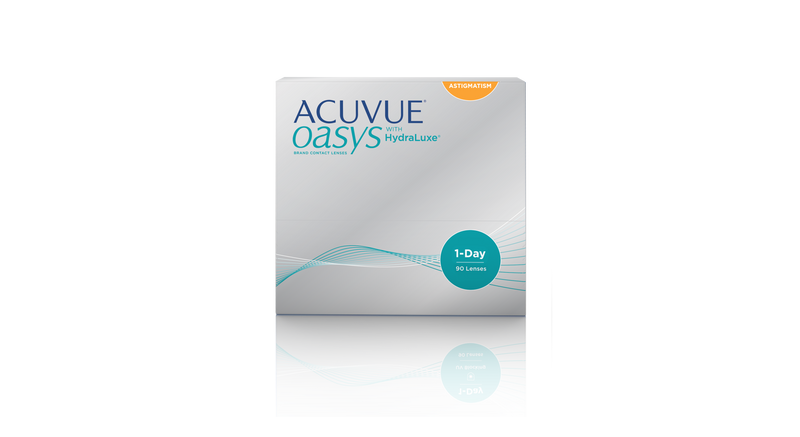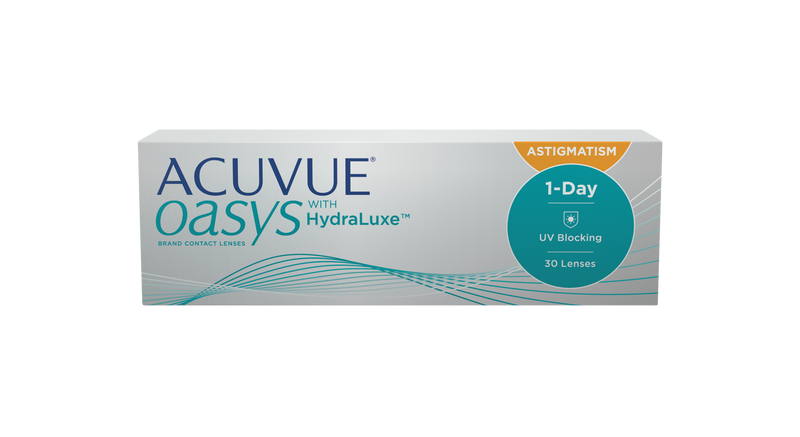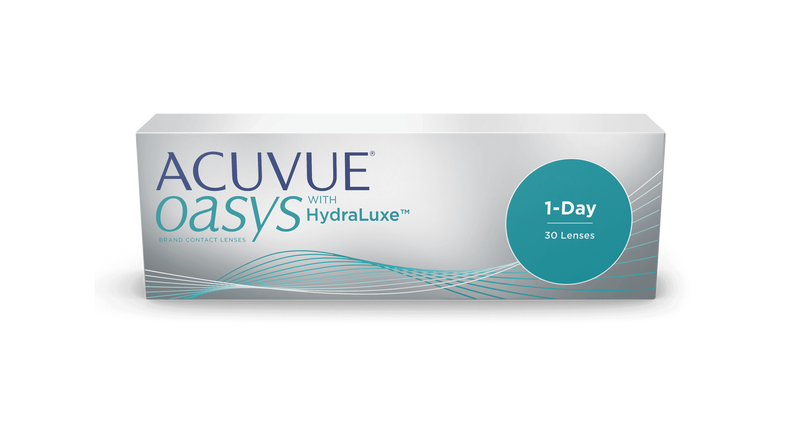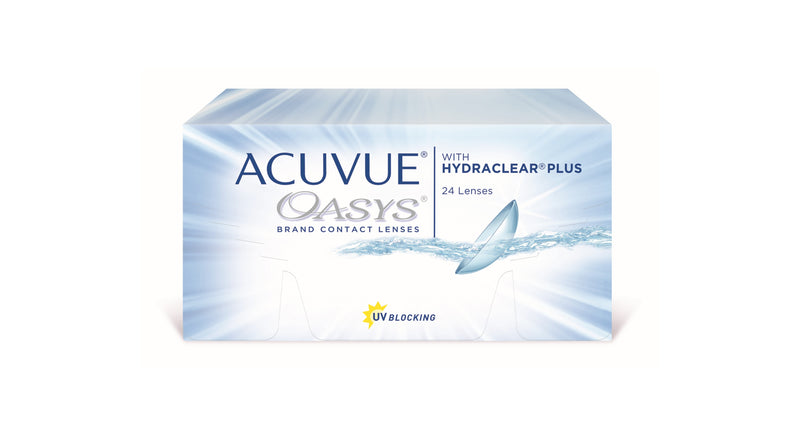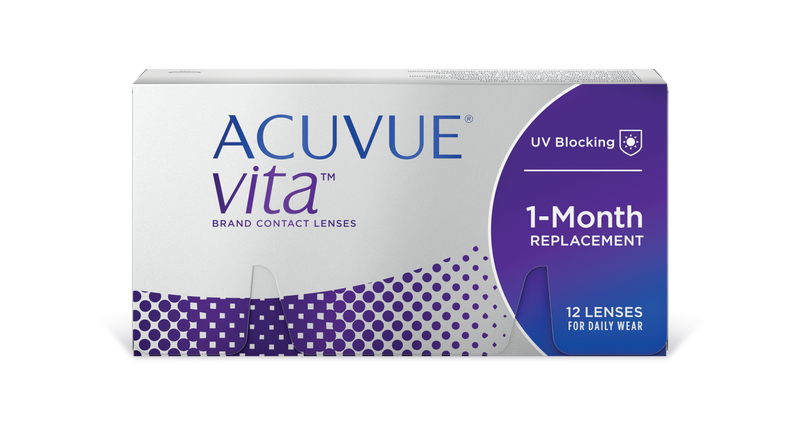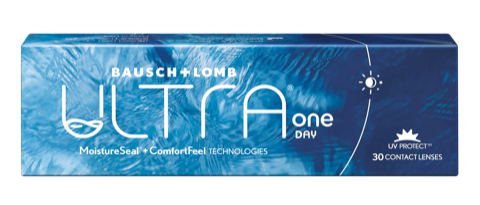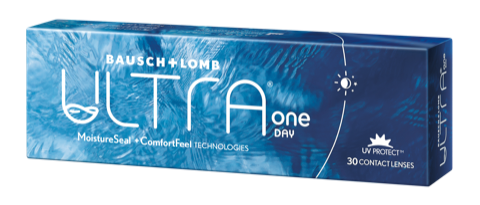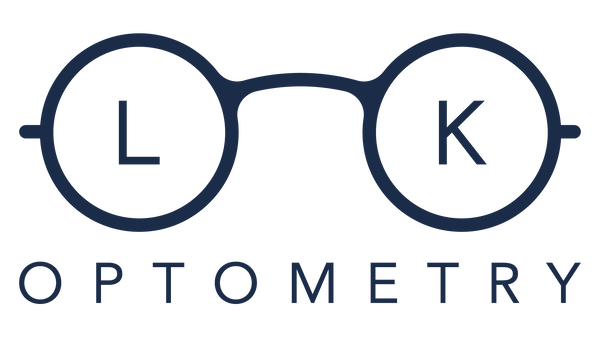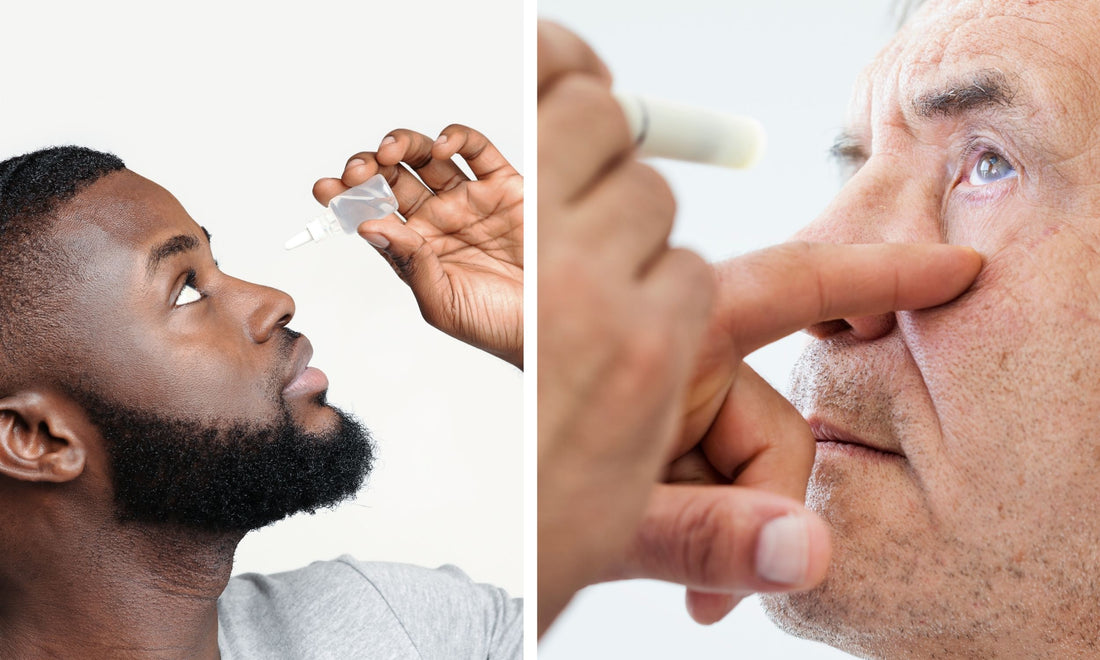
How to Prevent Glaucoma From Worsening
Share
Before we discuss how to prevent glaucoma from worsening, let’s explore what this condition actually is. Glaucoma is a disease that causes damage to the optic nerve of your eyes. This damage is usually a result of an increase in eye pressure primarily due to a build-up of fluid in the eyes. The optic nerve provides visual information from your eyes to your brain so any sort of damage can be quite dangerous, leading to irreversible vision loss and/or ultimately blindness if untreated.
Glaucoma can affect people of any age, but is more prevalent in older adults and is one of the leading causes of vision loss in seniors. People with an early stage of most types of glaucoma will often not experience any warning signs. This makes it difficult for an individual to detect glaucoma on their own without visiting an eye doctor. Discovering glaucoma in its advanced stages when symptoms are starting to show will likely already mean it’s too late. Since vision loss and blindness from glaucoma is permanent, it’s important that you schedule eye exams with your optometrist regularly. While you’ll typically need treatment for the rest of your life, if caught early, the effects of glaucoma can be slowed down or even prevented.

Glaucoma Symptoms
As mentioned above, the tricky thing about glaucoma is that it is difficult to detect on your own due to the absence of any early symptoms. The range, severity, and initial appearance of glaucoma symptoms differs between the two main types, which we’ll discuss in detail later. But for starters and as an example, there are often no early symptoms of open-angle glaucoma. Once symptoms begin to show (loss of peripheral vision or development of tunnel vision) it’ll already be in the late stages of open-angle glaucoma. On the other hand, angle-closure glaucoma symptoms can occur rapidly and are much more painful and obvious. Time is critical when it comes to angle-closure glaucoma as permanent damage can occur very quickly if left untreated by an ophthalmologist. If you hope to prevent glaucoma from worsening, it’s crucial to remain diligent when it comes to your eye health so that your eye doctor can detect any early symptoms of glaucoma.

Glaucoma Causes
Glaucoma is caused by damage to your optic nerve which in turn is a result of high eye pressure. This elevated eye pressure (also known as intraocular pressure or IOP) is caused by a build-up of aqueous humor in the eye. Aqueous humor provides nourishment to the structures in the front of your eye and is produced constantly. As newly produced aqueous humor flows into your eye, the same amount of old aqueous humor should flow out through an area called the drainage angle, which is located where the iris and cornea meet. When there is an imbalance in this flow due to an overproduction of aqueous humor or an improperly functioning drainage angle, there is an increase in eye pressure.
Glaucoma is an inherited condition so if someone in your family has had it in the past, you are at a higher risk of also being diagnosed with glaucoma.

Glaucoma Risk Factors
There are certain factors that put some people at higher risk for developing glaucoma than others. Here are some of those risk factors to consider:
- Being over the age of 60, or even as early as 45 for certain ethnic backgrounds.
- Being of an African, Asian, or Hispanic descent.
- Having a history of glaucoma in the family.
- Having health conditions such as diabetes, sickle cell anemia, high blood pressure, etc.
- Having high eye pressure.
- Having severe nearsightedness (myopia) or farsightedness (hyperopia)
- Having an eye injury or previous eye surgery.
- Having thinner than average corneas.
- The long-term use of corticosteroids.

Types of Glaucoma
There are two main different types of glaucoma as well as a few other less common variations. Let’s explore some of them and their differences below.
Open-angle Glaucoma
The first of the two main types of glaucoma and also the most common, open-angle glaucoma occurs when the fluids in your eye don’t drain as efficiently as they should, creating an increase in eye pressure. The increased eye pressure in turn causes damage to the optic nerve. Also referred to as wide-angle glaucoma, the name describes the fact that despite the drainage angle in the eye being open and clear, fluids unfortunately don’t drain as expected. This version of the disease happens gradually, painlessly, and without any real symptoms (at least initially). Because open-angle glaucoma occurs so slowly and any vision loss suffered begins in your peripherals, it’s often very difficult to detect on your own. Regular check-ups with your eye doctor can help to detect this type of condition early and prevent glaucoma from worsening.
Angle-closure Glaucoma
The less common, second main type of glaucoma is also known as closed-angle glaucoma or narrow-angle glaucoma, and is named as such to describe the partial or complete blocking of the drainage angle. With angle-closure glaucoma, the iris is in too close proximity to the drainage angle and the latter can easily become covered or blocked. This affects the eye’s ability to drain fluids, which also increases eye pressure. Because there are no symptoms initially, many people unknowingly develop angle-closure glaucoma gradually (chronic angle-closure glaucoma). However, if the drainage angle were to become completely blocked, pressure in the eye would increase rapidly, causing severe pain and what is known as an acute attack (acute angle-closure glaucoma). This is considered to be an eye emergency and you should contact your ophthalmologist or the emergency room immediately in order to prevent blindness. Symptoms of an acute attack include:
- Sudden blurred vision
- Severe eye pain
- Severe headache
- Nausea and/or vomiting
- Rainbow-coloured rings or halos around light
Secondary Glaucoma
Secondary glaucoma is a type of open-angle glaucoma referring to an increase in eye pressure due to another existing condition such as cataracts, diabetes, or iritis. Sometimes an ocular injury can cause secondary glaucoma as well.
Normal-tension Glaucoma
As the name suggests, even though their eye pressure is within normal range, people with normal-tension glaucoma suffer from optic nerve damage and blind spots in their field of vision for unknown reasons.
Pigmentary Glaucoma
Found to be more common in young males, pigmentary glaucoma refers to a condition where tiny bits of pigment rub off of your iris and block the drainage angle, increasing eye pressure and ultimately damaging the optic nerve.
Congenital Glaucoma
Congenital glaucoma is a rare version of the condition that occurs prior to birth as a result of improper development or formation of the drainage angle. Children suffering from congenital glaucoma will need to be diagnosed and treated early in order to preserve their eyesight and prevent this form of glaucoma from worsening.

Glaucoma Prevention: How to stop glaucoma from getting worse
While glaucoma itself is not preventable, there are definitely steps that you can take to prevent or minimize the risk of the vision loss that comes with it. Early detection and proper treatment, however, is key to decreasing eye damage and protecting your vision. If you want to have any sort of chance of preventing glaucoma from worsening, it’s important to schedule regular comprehensive eye exams with your ophthalmologist. Here are some steps you can take to be proactive in maintaining your eye health and reduce the risk of glaucoma.
-
Schedule regular eye exams - As we just mentioned, the best thing you can do is to schedule regular eye exams with your eye doctor so that they can check for early signs of glaucoma. Depending on your age and demographic, the frequency of which you need to complete screenings for glaucoma can vary. If you have other certain health conditions then you may need to visit more often. Speak with your doctor to figure out what sort of schedule they recommend for you and what they suggest to prevent glaucoma from developing or worsening.
-
Know your family’s eye health history - Glaucoma runs in the family so learning about your family’s eye health history is a good way to be proactive about your own. If anyone in your family has been diagnosed with glaucoma, this puts you at greater risk and you may need to take additional precautions as well as visit your eye doctor more frequently for screenings.
-
Adhere to a safe exercise plan - Regular, moderate exercises such as jogging can help protect your vision by reducing eye pressure. It’s important to not over exert yourself though and be cautious of activities like yoga; inverted positions may increase your eye pressure. Everybody is slightly different so it’s important to speak with your eye doctor to come up with a safe exercise regimen suited for you.
-
Wear eye protection when necessary - Eye injuries can be a cause of secondary glaucoma so it’s important to wear protective eye equipment whenever possible. Be mindful when participating in sports or engaging in any other activity that poses a risk of eye injury.
- Use prescribed eye drops regularly - Glaucoma treatment/prevention typically begins with a prescribed eye drop. If a visit to your eye doctor results in a prescribed eye drop or any other type of glaucoma medication, be sure to use them regularly or as instructed. Eye drops can greatly decrease high eye pressure, reducing the risk of glaucoma.

Glaucoma Treatments
Unfortunately, any damage or vision loss suffered as a result of glaucoma is permanent. Which is why it cannot be stressed enough that being proactive and monitoring your eye health regularly is crucial to preventing glaucoma from worsening and detecting it in its early stages. While any damage already sustained is irreversible, there are treatment options to prevent further eye damage and/or vision loss. All treatments and medication have some risk of side effects, so it’s important to consult and follow the instructions provided by your ophthalmologist carefully.
Eye Drops
Eye drops are the most common and also typically the first method of glaucoma treatment prescribed by eye doctors. There are many different types of eye drops that may be recommended by your ophthalmologist, each with slightly varying functions. Ultimately, the goal of eye drop medication is to decrease eye pressure by either increasing the outflow of aqueous humor from your eyes or by reducing the production of aqueous humor.
Oral Medication
Although slightly less common, oral medication will sometimes be prescribed by your ophthalmologist if it seems like eye drops are not effective in reducing your eye pressure.
Laser Surgery / Incisional Surgery
Laser surgery and/or incisional surgery are other methods of glaucoma treatment. There are a couple of different types of each surgery, but whether you’re receiving laser surgery in your ophthalmologist’s office or incisional surgery in an operating room, the goal is to reduce your eye pressure by assisting with the drainage of aqueous humor from your eyes. You’ll need to schedule follow-up exams post-surgery to continue to monitor your eye health and the results of the operation. It is not uncommon to have to undergo additional procedures to maintain your eye pressure.
Diagnosing Glaucoma
Glaucoma can only be diagnosed by completing a complete, comprehensive eye exam with your ophthalmologist. This is different from your routine eye exam and involves more than just checking your eye pressure. It’s important to have a regular schedule for your glaucoma screenings, especially if you’re someone who is in a higher risk group. A comprehensive eye exam screening for glaucoma includes the following:
These tests are designed to detect any risk or likelihood of developing glaucoma and determine if any treatment is necessary to prevent glaucoma from worsening.

How to Prevent Glaucoma From Worsening
As mentioned earlier, glaucoma cannot be prevented and any damage or vision loss as a result of it is irreversible. So, ultimately the best thing that you can do to prevent glaucoma from worsening is to catch it early. Be proactive in monitoring your eye health by scheduling regular comprehensive eye exams with your ophthalmologist. There are treatment options available as well as things you can do on your own to minimize the risk of developing glaucoma. Consult with your eye doctor to figure out a glaucoma screening schedule for you.
If you’re in the Vancouver area and are looking to book an eye exam and/or consult with an eye specialist, please don’t hesitate to reach out to us here at Look Optometry. Located in Surrey, we are proud to be rated the city’s #1 optometry clinic and if needed, can refer you to the best ophthalmologists in the area. Your eye health is in your hands, but you’re not alone. We value your eye health and we’re here to help you in any way that we can. We hope to see you soon!

